1. Coca-Cola’s “Diet Coke Break”
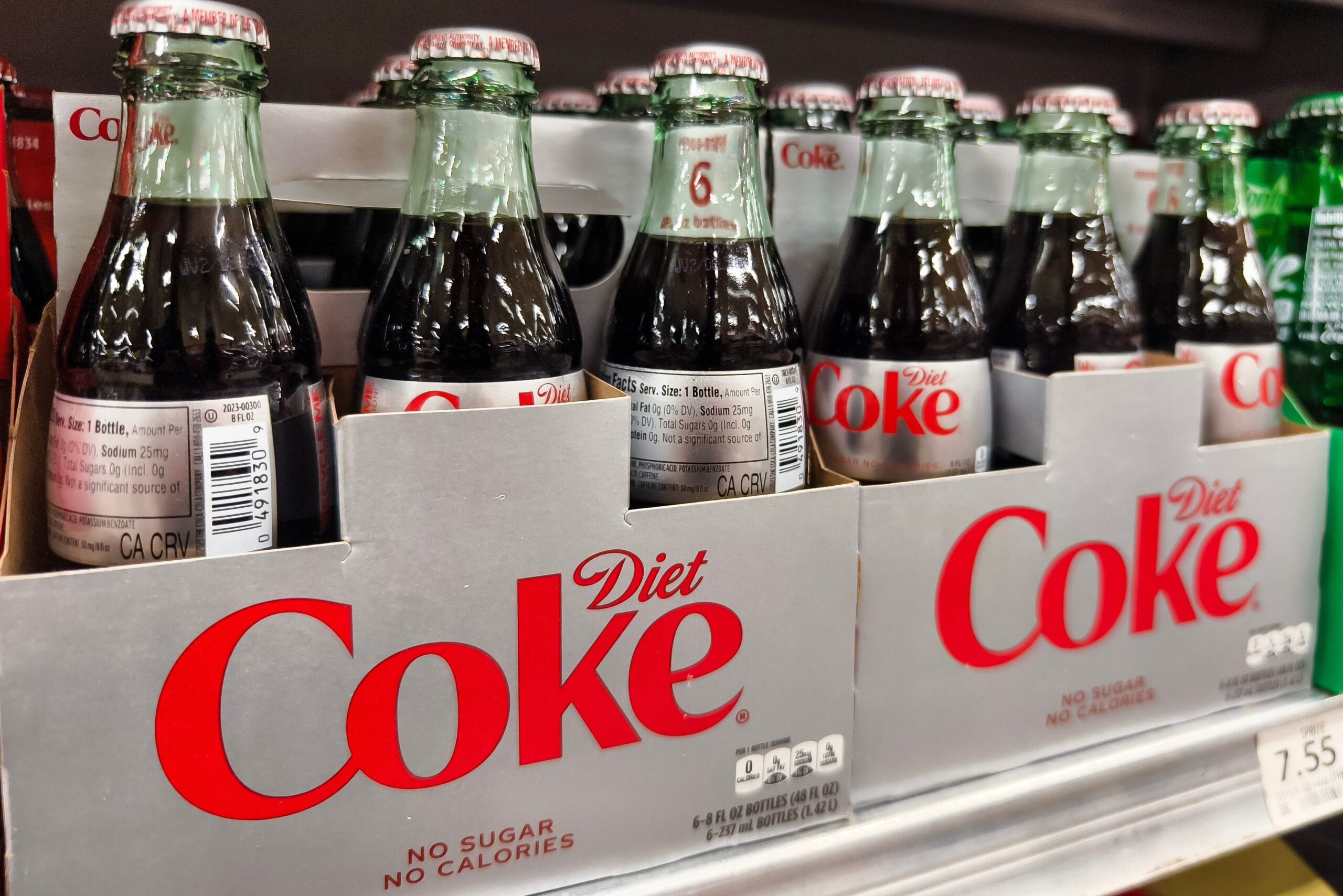
In the ’80s, Coca-Cola rolled out their “Diet Coke Break” ad, which featured women in suits taking a break to enjoy their soda. The ad was aimed at professional women in the workplace, but the message was so tone-deaf that it became a classic example of a missed mark. The assumption that women would need a sugary, caffeinated break to handle the stress of office life was a stereotype that many found outdated. Not to mention, the ad presented the idea that the highlight of a woman’s busy day was a can of soda and a break from work. The result was a backlash from feminist groups and consumers who were tired of seeing women reduced to simplistic, one-dimensional roles in advertisements. Critics argued that it showed a lack of understanding of the complexities of women’s experiences in the workplace during that era explains Business Insider.
Looking back, this ad is often used as a cautionary tale for advertisers about underestimating their audience’s intelligence and needs. It’s clear that Coca-Cola wanted to tap into the burgeoning market of career women, but instead, they ended up alienating them with a message that felt more patronizing than empowering. It’s easy to see how the brand could have done better with a campaign that acknowledged the nuanced reality of women’s lives in the workforce. Today, many brands are much more mindful of their messaging to avoid falling into the same traps. The ad has since been re-evaluated, but it’s a good reminder of how cultural shifts can quickly render a campaign irrelevant.
2. Volkswagen’s “Think Small”

When Volkswagen released the “Think Small” campaign in 1959, it was revolutionary for its time. Instead of boasting about the car’s power or size like most car ads, Volkswagen chose to highlight the car’s compact nature and affordability. However, some viewers saw it as a puzzling approach. The ad’s minimalist design and modesty about the car’s performance clashed with the usual brashness of American car ads, and some worried that the ad would make Americans feel like they were settling for less. The idea was a hard sell at a time when bigger was seen as better in the car market, and many people couldn’t understand why they should “think small” when it came to purchasing a vehicle says Ads of the World.
Despite the backlash, the ad turned out to be a resounding success and changed the way cars were marketed in America. The “Think Small” campaign resonated with consumers who were starting to value practicality over ostentation, and it marked a shift in marketing strategies that continues today. Still, the ad’s initial reception shows how challenging it can be to gauge what will actually appeal to your audience. If Volkswagen had tried the same approach a decade earlier, it might have flopped. The success of this campaign illustrates how changing cultural attitudes can dramatically affect how ads are received.
3. Dr. Pepper’s “Be a Pepper”
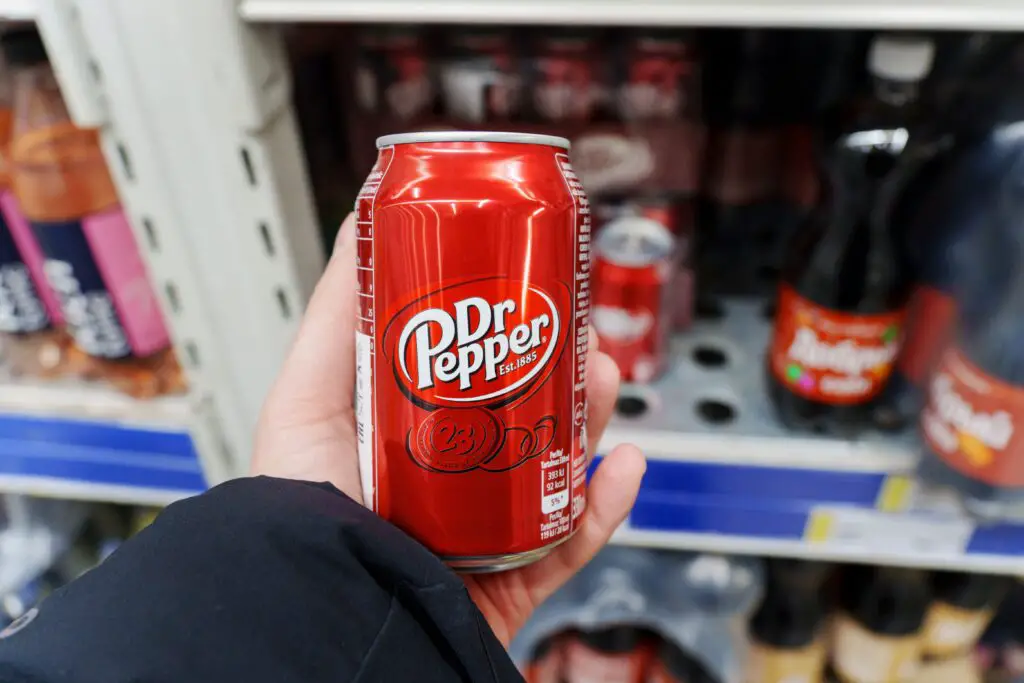
Dr. Pepper’s “Be a Pepper” ad campaign, which ran in the ’70s and ’80s, was a perplexing experience for many. The song, catchy as it was, portrayed a cult-like community of people who, by drinking Dr. Pepper, supposedly achieved happiness and fulfillment. The commercial tried to tap into a sense of belonging, but instead, it felt over-the-top and odd. The idea that drinking a soft drink could somehow make someone a “Pepper” and therefore better than everyone else didn’t resonate well with many viewers. People were confused by the strange imagery of a crowd of people dancing and singing while holding their Dr. Pepper cans.
At a time when consumers were starting to look for more authenticity and relatability in advertising, the “Be a Pepper” campaign felt artificial and gimmicky. Rather than drawing in new customers, it alienated some people who thought it was just too weird to take seriously. This campaign has since become one of the classic examples of an ad gone wrong. While it did create some level of brand recognition for Dr. Pepper, it’s mostly remembered for its disconnection with the audience it was trying to engage according to AdWeek.
4. Chevrolet’s “The Heartbeat of America”
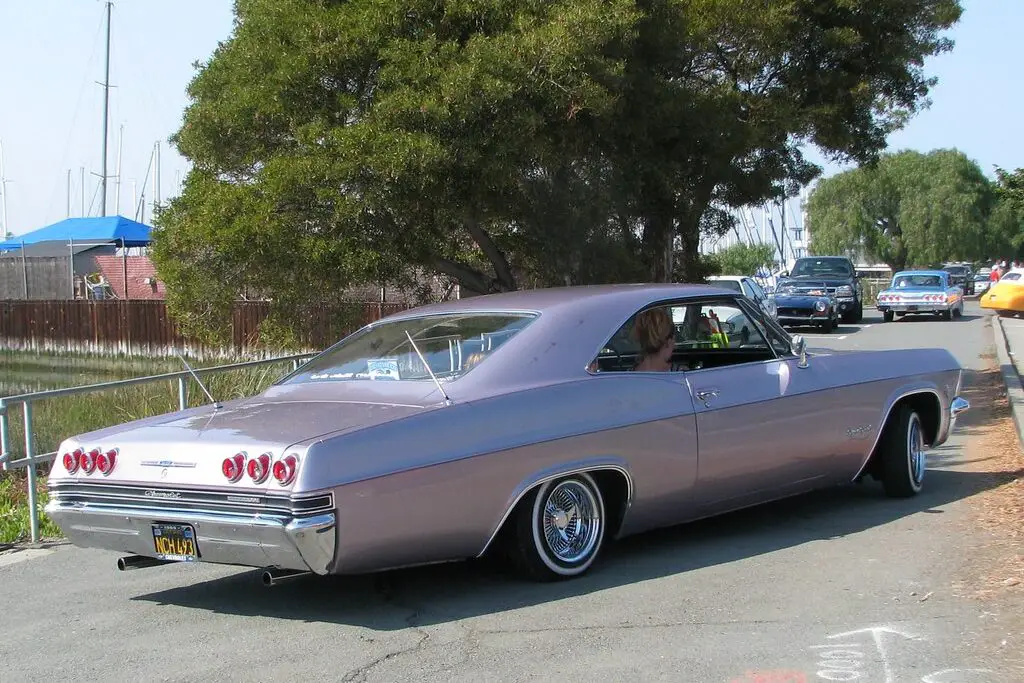
Chevrolet’s “Heartbeat of America” campaign, which debuted in 1989, was meant to convey the idea that Chevrolet cars were at the core of American life. The commercial featured a heart beating in rhythm with the sound of a car’s engine, symbolizing the connection between the American people and their vehicles. While the intention was to evoke national pride, the result was a bit heavy-handed. It was hard for viewers to shake the feeling that the ad was trying too hard to be patriotic and emotionally stirring. Many people found the ad’s attempt at creating an almost spiritual connection with a car brand to be forced.
In a country where consumer loyalty can be fickle, the ad didn’t do much to solidify Chevrolet’s standing in the marketplace. Instead of fostering a genuine connection with customers, it seemed more like an attempt to manipulate their emotions. Chevrolet had the right idea—connecting cars to a national identity—but the execution fell flat. The “Heartbeat of America” ad is now often cited as an example of how too much reliance on sentimental messaging can feel insincere according to a post on LinkedIn.
5. Marlboro’s “Come to Marlboro Country”
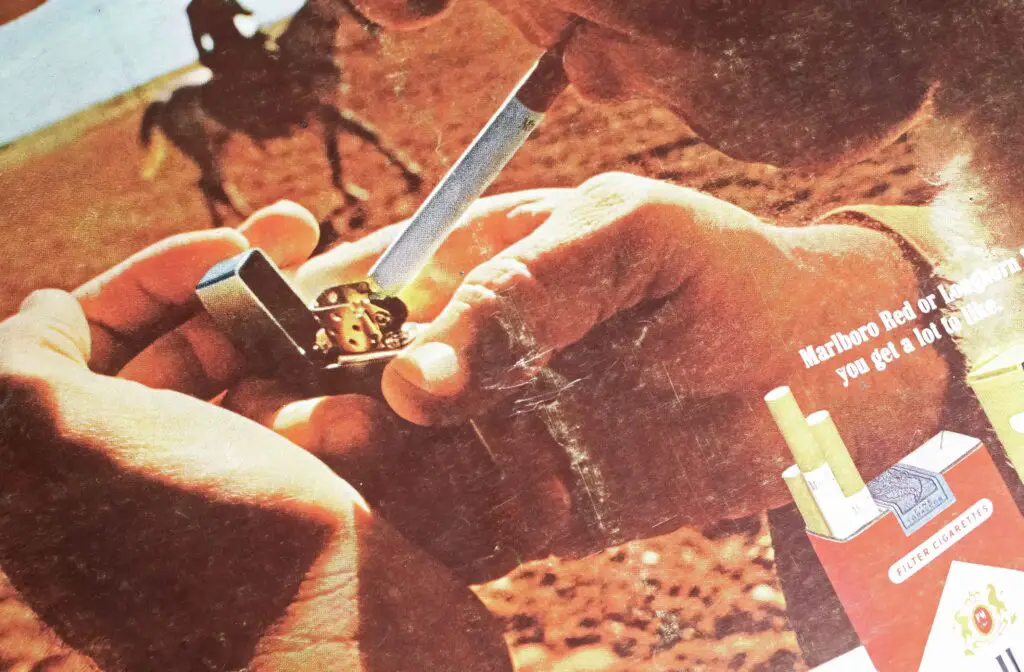
Marlboro’s iconic “Come to Marlboro Country” campaign, launched in the ’50s, made the cowboy imagery synonymous with the brand, but it also misunderstood its audience in some key ways. The rugged cowboy was meant to represent the masculinity and independence Marlboro wanted to associate with its cigarettes. However, the campaign inadvertently drew attention to the unhealthy and dangerous nature of smoking, especially at a time when smoking rates were at an all-time high. While Marlboro’s target audience was the quintessential American man, the campaign’s romanticized view of smoking led to criticism from health advocates says Stanford University.
Though the ad became a cultural touchstone for decades, it also helped to reinforce the stereotype that smoking was part of a tough, masculine persona. This perception would later contribute to growing awareness about the dangers of smoking, ultimately changing public attitudes toward cigarettes. While Marlboro eventually had to pivot with their campaigns as health concerns grew, the “Come to Marlboro Country” ad is often viewed with a sense of irony today. Its success in building a brand identity also comes with the bitter realization of the consequences that marketing cigarettes has had on public health.
6. Ford’s “Pinto: The Car That Explodes”
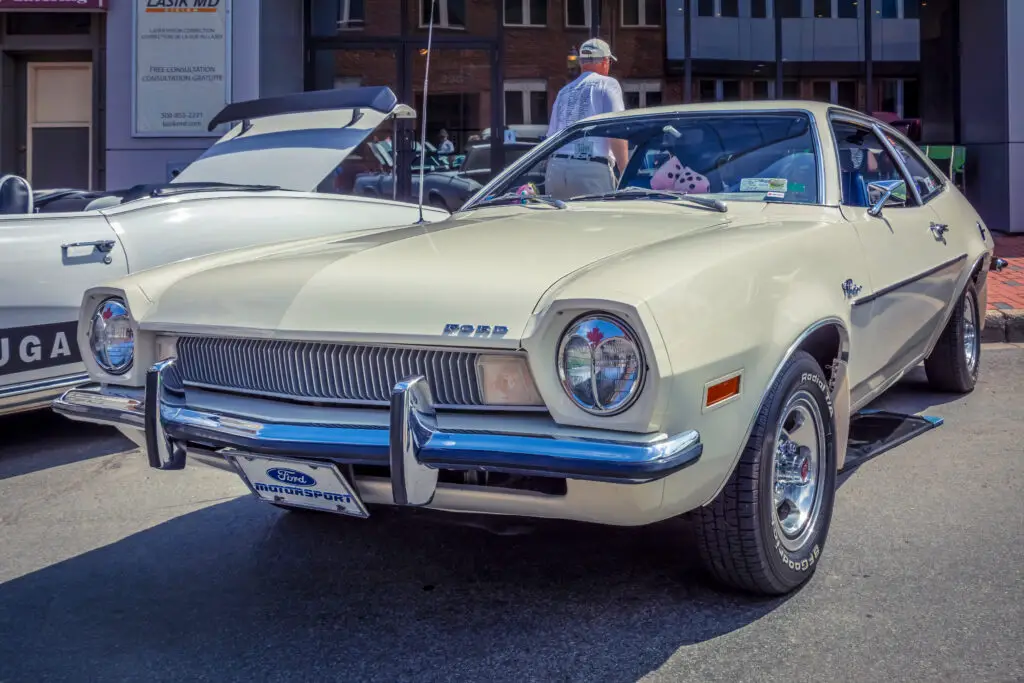
The Ford Pinto is notorious for its disastrous design flaw—its gas tank would explode in rear-end collisions. The marketing around the Pinto, especially in the 1970s, failed to recognize the potential danger that the car posed. Ford marketed the Pinto as an affordable, compact vehicle for budget-conscious drivers, but the risk of exploding on impact was a clear disconnect from the promise of safety and reliability. Advertisements for the Pinto emphasized its price and economy, but the brand completely missed the mark on addressing consumer safety concerns, which were becoming more prominent in the industry.
Despite multiple reports highlighting the car’s deadly flaw, Ford continued to push the Pinto with little to no acknowledgment of the issue. The result was a catastrophic disaster when a series of accidents led to fatalities, and the public turned against the brand. The failure to anticipate the public’s growing awareness and demand for safety features marked a major blunder in the way Ford marketed the Pinto. The whole saga remains one of the clearest examples of a company misreading consumer needs and priorities.
7. Pepsi’s “Live for Now”
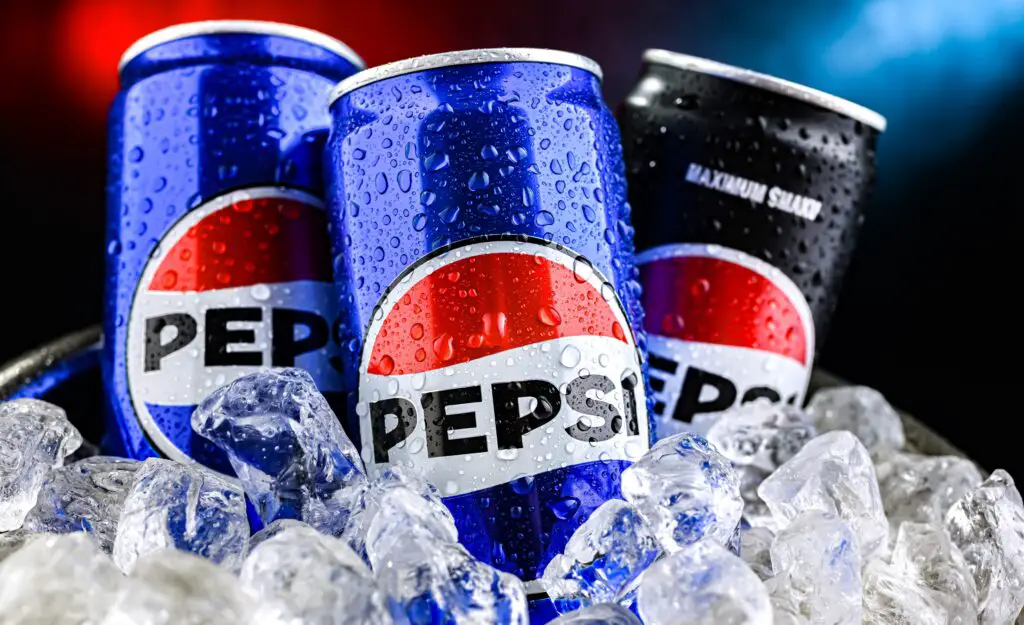
In 2017, Pepsi debuted an ad featuring Kendall Jenner that was meant to convey a message of unity and peace. The commercial showed Jenner joining a protest and offering a can of Pepsi to a police officer, symbolizing her bridging the gap between social movements and authority. The ad, however, was immediately slammed for trivializing real-world protests, particularly those related to social justice issues. People found it tone-deaf to present a global issue as something that could be solved with a can of soda, making the ad appear not only shallow but also exploitative.
The backlash was swift and severe, with critics calling out the ad for attempting to commercialize activism. The brand quickly pulled the ad, and Pepsi issued an apology, admitting that they had “missed the mark.” The “Live for Now” campaign revealed how out of touch Pepsi was with the complexities of real-world activism and social issues. What was meant to be an inspirational message ended up reinforcing the notion that consumerism could be an answer to social problems.
8. Calvin Klein’s “Obsession” Ad
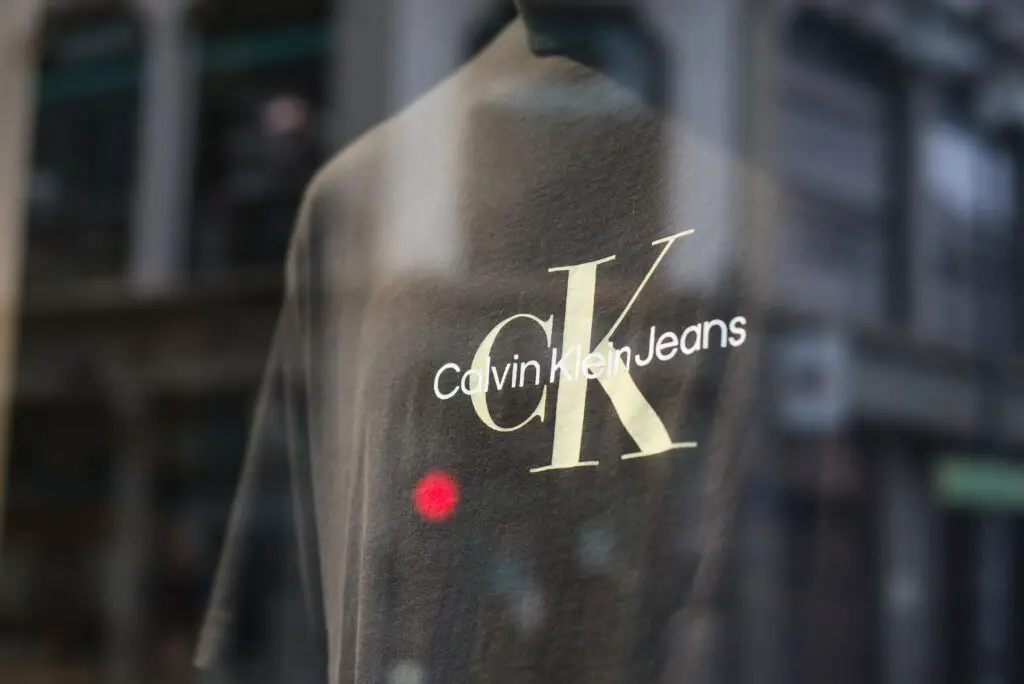
In the late ’80s, Calvin Klein’s “Obsession” perfume campaign took a bold approach by featuring provocative and controversial imagery. The ad showcased young models in intimate poses, seemingly exuding sexual energy. At the time, the ad was seen as a powerful marketing move to associate the fragrance with an edgy, rebellious attitude. However, the campaign was not universally well-received. Many found the sexual undertones to be inappropriate, especially with the youthful models, leading to accusations of exploiting and objectifying them.
While the ad helped Calvin Klein capture attention and stir up conversation, it also sparked public outrage, especially among parents and advocacy groups. People worried that the ad was promoting unhealthy and unrealistic ideals of sexuality. As much as the campaign tried to position Calvin Klein as a brand for those who defied conventions, it didn’t entirely win over the audience it sought to connect with. In the years since, the ad has been re-evaluated in light of changing social attitudes toward advertising, sexuality, and gender.
9. KFC’s “It’s Finger Lickin’ Good”
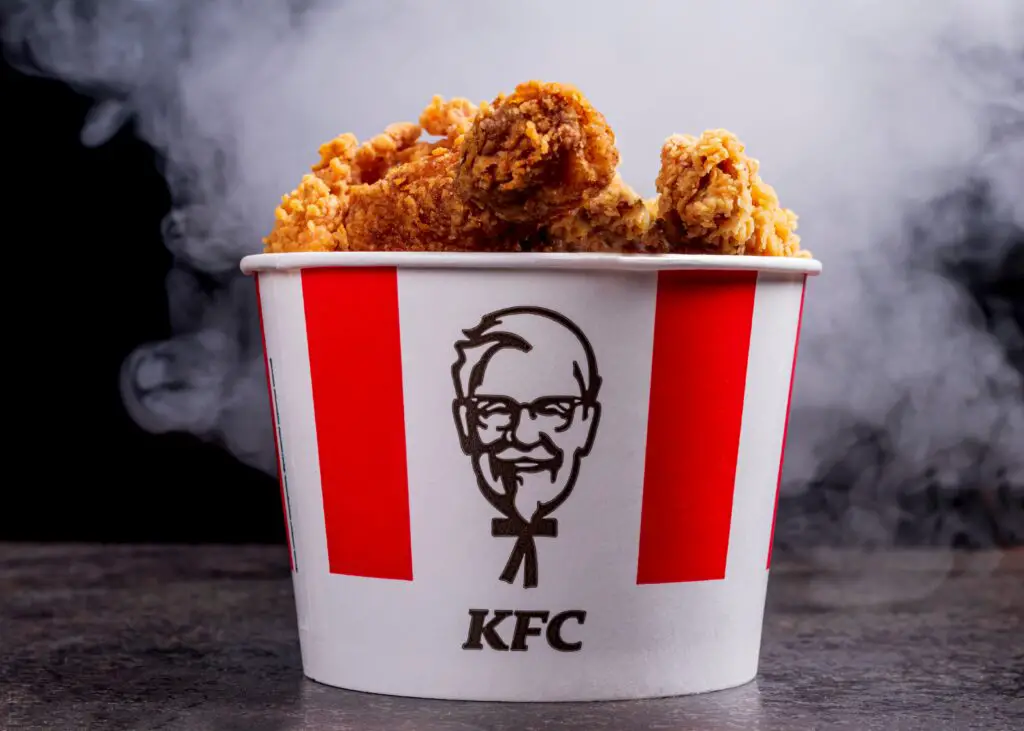
KFC’s famous slogan, “It’s Finger Lickin’ Good,” has had varying levels of success since it was introduced in 1956. On the one hand, it’s become iconic and is now part of the brand’s identity. On the other hand, there have been moments where it hasn’t exactly fit with modern expectations of hygiene and cleanliness. In the ’90s, as people became more conscious about the importance of cleanliness, the idea of licking one’s fingers after eating fast food seemed less appealing. The ad campaign inadvertently alienated those who were more health-conscious and sensitive to issues of hygiene.
While the slogan has persisted for decades, it’s always had its critics. In more recent years, KFC has even paused the use of the phrase in certain markets, acknowledging that hygiene concerns around food preparation and consumption have shifted public sentiment. Despite its legacy, the “Finger Lickin’ Good” campaign continues to be a reminder that what works at one point in time may not always resonate as effectively in the future.
10. Gap’s “Hate Wait”
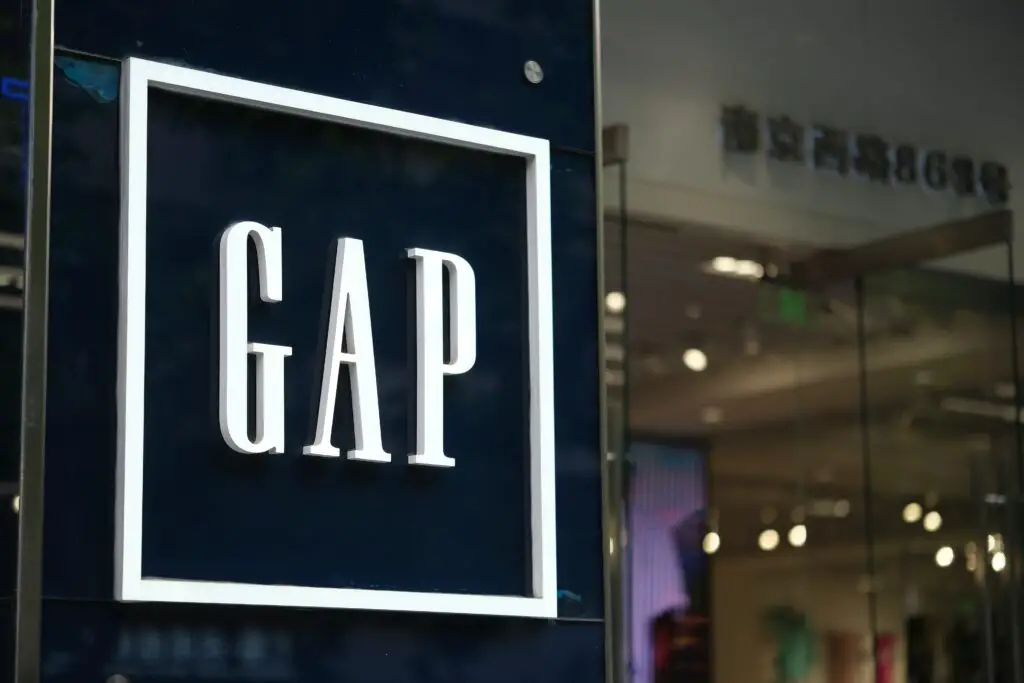
Gap’s “Hate Wait” campaign, launched in 2001, was intended to promote its new line of clothing and accessories. However, the slogan caused immediate controversy due to its clunky and seemingly negative language. The phrase, “Hate Wait,” suggested that the brand’s customers were impatient, which many found off-putting and even confusing. The ad missed the mark by presupposing that their target audience would identify with the frustration of having to wait, and it came off as dismissive of their shoppers’ patience.
Many people didn’t understand why a brand would position itself as a solution to something as universally annoying as waiting. The ad, instead of resonating with the target audience, ended up making them feel alienated. The backlash was strong enough that Gap had to pull the campaign and revise their marketing strategy. It was a clear example of how not every phrase or idea can be turned into a catchy slogan, especially if it doesn’t align with consumer emotions.
11. Jell-O’s “Pudding Pops”
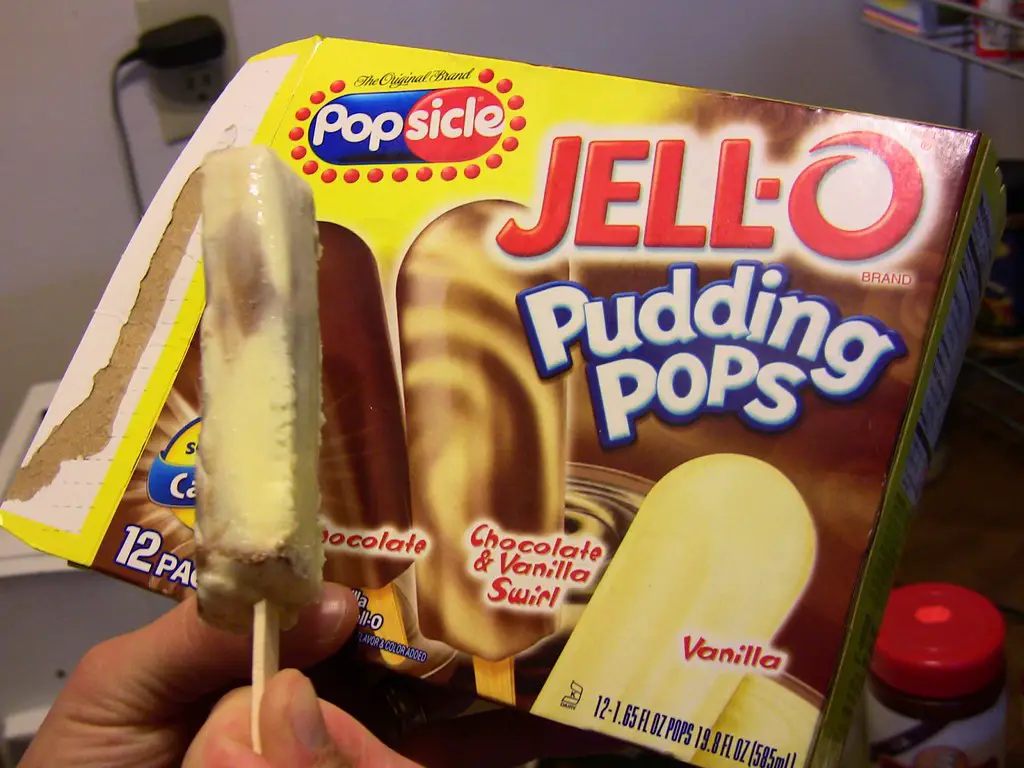
In the 1980s, Jell-O introduced its “Pudding Pops” in an attempt to expand their dessert line. The commercials featured Bill Cosby, who was then a beloved celebrity, promoting the frozen treat as a fun and indulgent snack. Unfortunately, the campaign misjudged its timing. Though the pudding pops were popular in the short term, they failed to capture long-term interest from consumers. The product quickly fizzled out, and Jell-O discontinued it in the ’90s.
Part of the problem was that the concept of frozen pudding didn’t have the staying power that other frozen desserts like ice cream had. Plus, the association with Cosby, once seen as a selling point, later became problematic in light of the serious allegations against him. In hindsight, the entire campaign was seen as a miscalculation of public tastes and sensitivities. Jell-O’s attempt at innovation in the dessert market didn’t have the desired effect, and the product became a nostalgic, short-lived experiment.
12. Apple’s “Macintosh vs. IBM” War
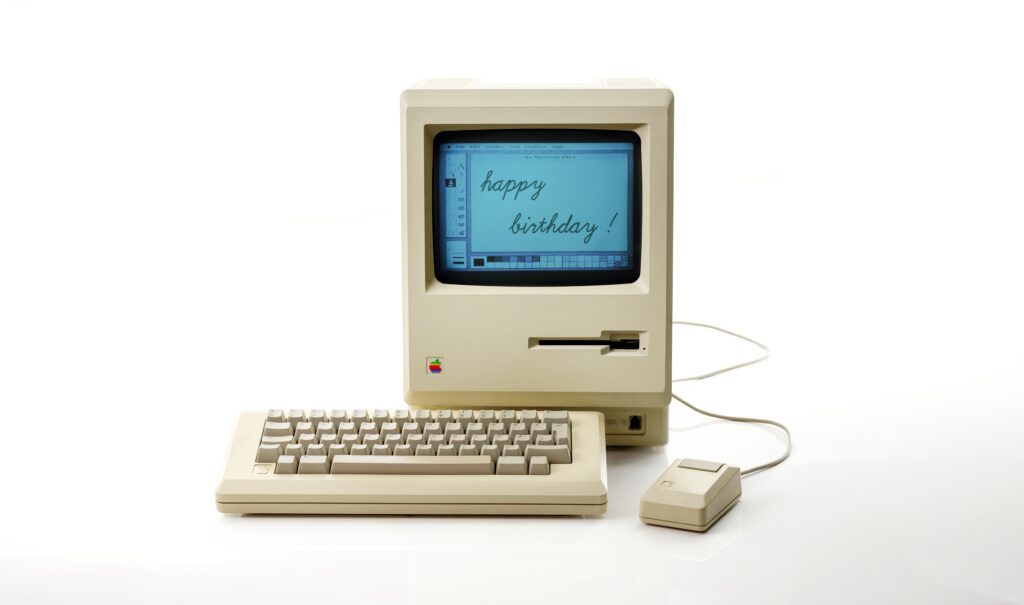
In the 1980s, Apple launched a highly aggressive campaign aimed directly at IBM, positioning the Macintosh as a superior alternative to IBM’s personal computers. The ads were filled with bold, confident messaging about how Apple’s machines were more user-friendly and advanced than IBM’s. However, many customers found this direct attack to be unnecessary and off-putting. The campaign misread the market by assuming that consumers would see the rivalry as an easy decision between two clearly defined options.
While Apple had a point about the differences between their machines and IBM’s, the ad’s tone made it difficult for some potential buyers to take sides. IBM, with its larger market share and more established reputation, didn’t need to engage in petty rivalries to sell their products. Apple’s attack strategy turned some people away, instead of swaying them. In hindsight, it was clear that Apple would have been better off focusing on its own strengths rather than worrying about IBM.
